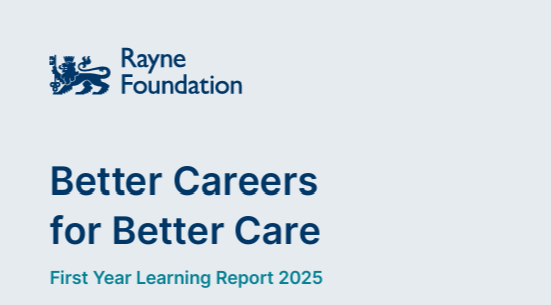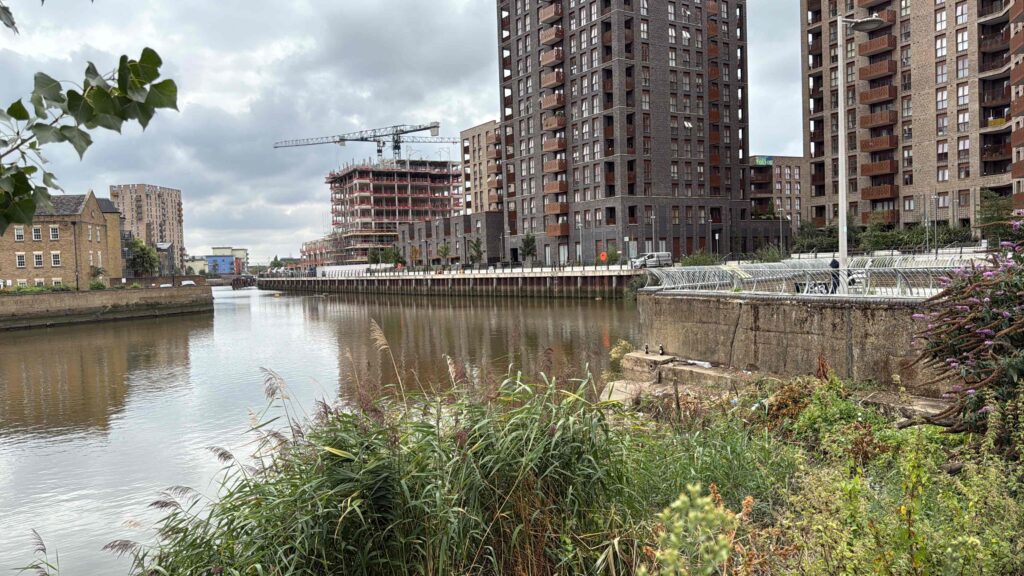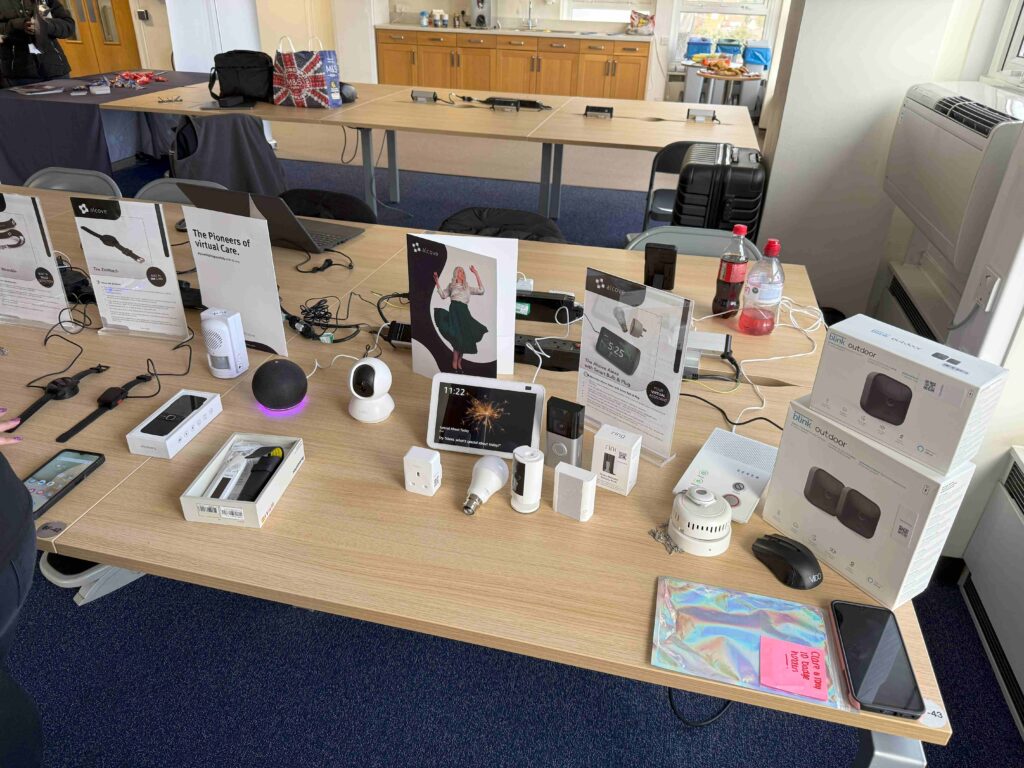“Write Your Own Job Description”: How We Took a Creative Leap in Recruitment
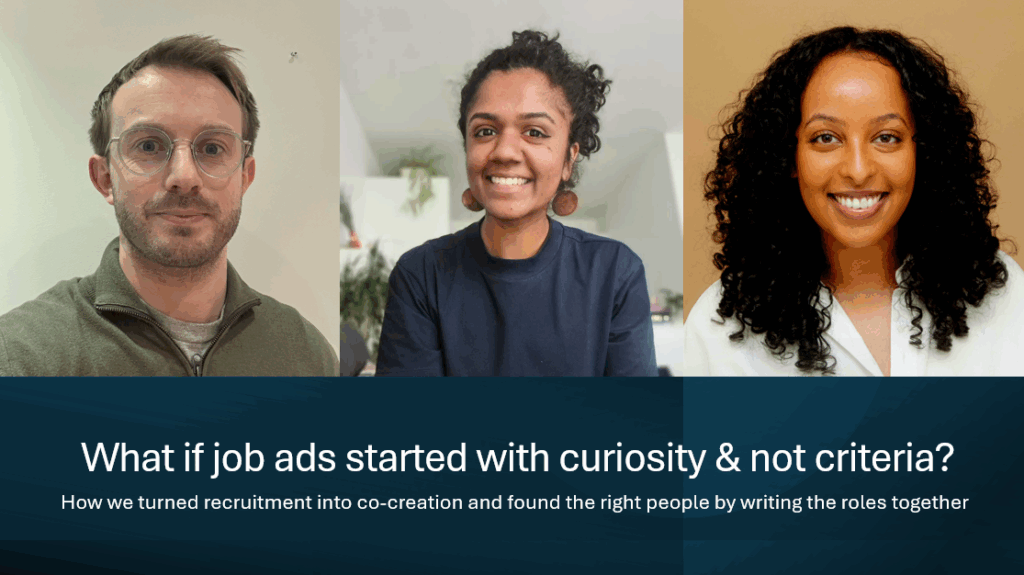
Ever looked at a job ad, felt excited… and then talked yourself out of applying because you didn’t tick every box?
We’ve been there too. In fact, a few of us at Care City almost didn’t apply for our own roles for that very reason. It’s a common experience—and one that means organisations risk missing out on brilliant, thoughtful, capable people who assume they’re not “enough” on paper.
We didn’t want to make that mistake.
So earlier this year, when we faced a recruitment need, we asked a different question: How can we attract people with the energy, curiosity and values we need—even if we don’t yet know exactly what the role should be?
Spoiler alert: we didn’t rush to write a fixed job description. We invited applicants to write their own.
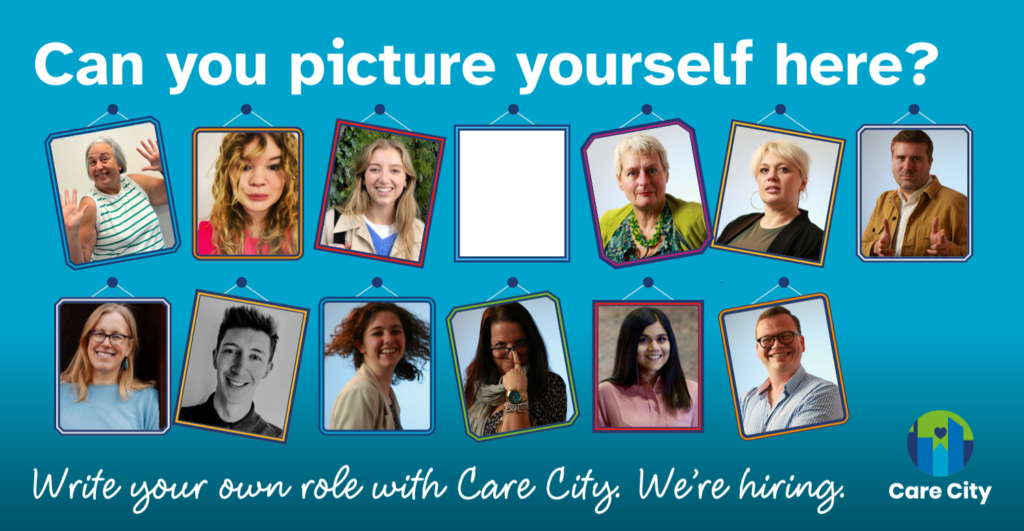
We’re a small team of 13, working across a wide range of projects and programmes spanning adult social care innovation, workforce innovation, research and evaluation. Our footprint is growing—what started in North East London now stretches to Devon, the West Midlands and Manchester. And while our mission remains constant—to help people live healthier, happier lives—the work we do and the skills it requires are constantly evolving.
This complexity meant we needed brilliant people… but not necessarily for pre-defined roles. We needed new energy, skills and perspectives to help us solve some of the most pressing questions in health and social care:
- How can services truly work for the people who use them?
- How do we support people to stay well and independent in the place they call home?
- How can we use technology, data and AI to improve—not complicate—care?
- What does a workforce for the future really look like, and how do we support and grow it?
- How do we prove the value (and cost-effectiveness) of change, to help scale what works?
These are big, complex and deeply human challenges. So, instead of deciding in advance what skills we needed, we turned the recruitment model on its head.
A Role-Writing Recruitment Approach
So, we developed a bold new approach: we invited applicants to write their own job descriptions.
No set roles. No job titles. No “must have 5 years of X experience” criteria. We simply said: here’s what we’re working on, here’s what we believe in, here’s where we need help—how could you contribute?
We did list some areas where we thought we might need support—things like service design, delivery management, digital implementation, community engagement, financial modelling and more. But we also made it clear: if you have something to offer that we haven’t thought of yet, we want to hear from you.
We were open to part-time and full-time roles. We didn’t fix the number of roles or set salaries in stone—we wanted to meet the right people, then work out the details together.
And of course, because team fit and culture matter to us just as much as skillset, we included the all-important note that an appreciation for dog chat was strongly encouraged.
“The thing that hooked me was the novelty of the announcement itself – no job descriptions and titles? Then what was Care City looking for? But as I read through the post what became extremely evident was that Care City was hiring people. While most companies want to hire people, they resort to defining those people through a job description – a list of skills, tasks and experiences.
With Care City’s process, I was given two things: a few helpful guardrails (their vision, the questions they were trying to answer, the kinds of directions they were growing in, and the skills gaps they had on the team) and the space to imagine what a role for me could look like. As a result, the process got me to put myself in the shoes of my potential future self and imagine very concretely what I would like to do, where I could most quickly contribute, and what types of projects I felt most passionate about”.
Anjali Moorthy, our new Service Designer!
What Happened Next?
The response was incredible. Applications came flying in—not just with CVs and cover letters, but with creativity, personality and passion. Some sent pictures of their dogs. (One application came in the style of a David Attenborough wildlife documentary. She got the job!) Some brought fresh ideas we hadn’t yet considered. Many told us how refreshing it was to be invited into a recruitment process that started with listening, rather than filtering.
Of course, we still had to be fair and rigorous. With Roots HR’s guidance, we asked all applicants the same shortlisting questions. We held informal chats with every shortlisted applicant (and pre-application calls with those who had questions about our unique approach). From there, we shortlisted to interviews, where we asked candidates to review a real project and tell us how they’d plug into the team and bring it to life.
The Results
Yes, the process took a bit longer than traditional recruitment. But the outcome? Worth every second.
- Applications: 40
- Number of irrelevant applications: 0
- Number of stage 1 interviews: 14
- Number of stage 2 interviews: 8
- Offers made and accepted: 3!
We’ve met exceptional people who are shaping their own roles—ones that are more relevant and responsive to our current and future projects than anything we could have predicted six months ago. These are roles co-designed with the people who’ll be doing them, grounded in real needs and real strengths. That feels like innovation—and authenticity—in action.
” It’s very rare to be a part of a recruitment experience that genuinely is seeking to understand you holistically as a person and what you can bring to an organisation, rather than trying to see if you can fit within a predetermined (sometimes farfetched) box of a job role and title. Getting the opportunity to create a role and then iterate in real time with the Care City team as the recruitment progressed was one of the most refreshing experiences I have ever had.
Of course there was some ambiguity, as this process was new and undefined… but there was transparency and respect from the start, a real collaborative nature to understanding how my skill-set could benefit Care City, and reciprocally, how I could benefit and learn from being a Care City team member. A lot of organisations like to posture that they have an inclusive and equitable process but this was the first time that felt true. I’m grateful to join a team that really reflects integrity within their innovative approaches to processes.”
Rania Ahmed, our new Design Manager!
What We Learned
This process reminded us that:
- Creativity isn’t just for project design—it belongs in recruitment too.
- Culture and curiosity matter as much as credentials.
- The best candidates often bring skills we hadn’t yet known we needed.
- Recruitment can be relational, not transactional.
We’ll absolutely keep learning and refining as we go. But for now, we’re proud to have taken this creative leap—and excited about the incredible people who have joined us because of it.
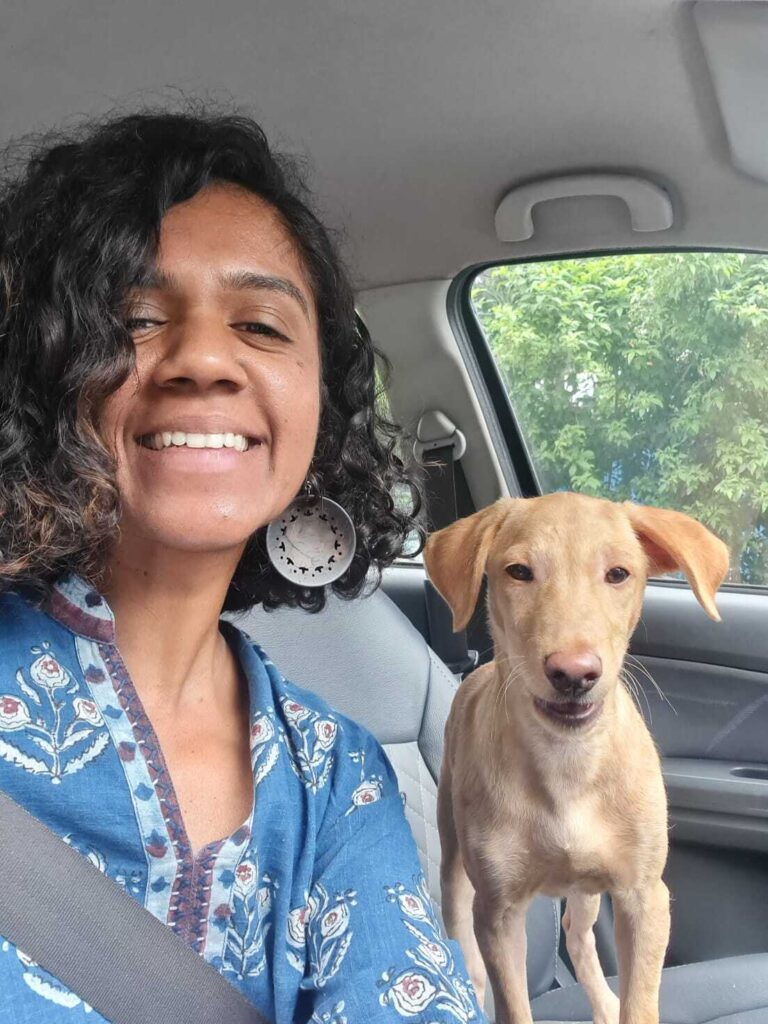
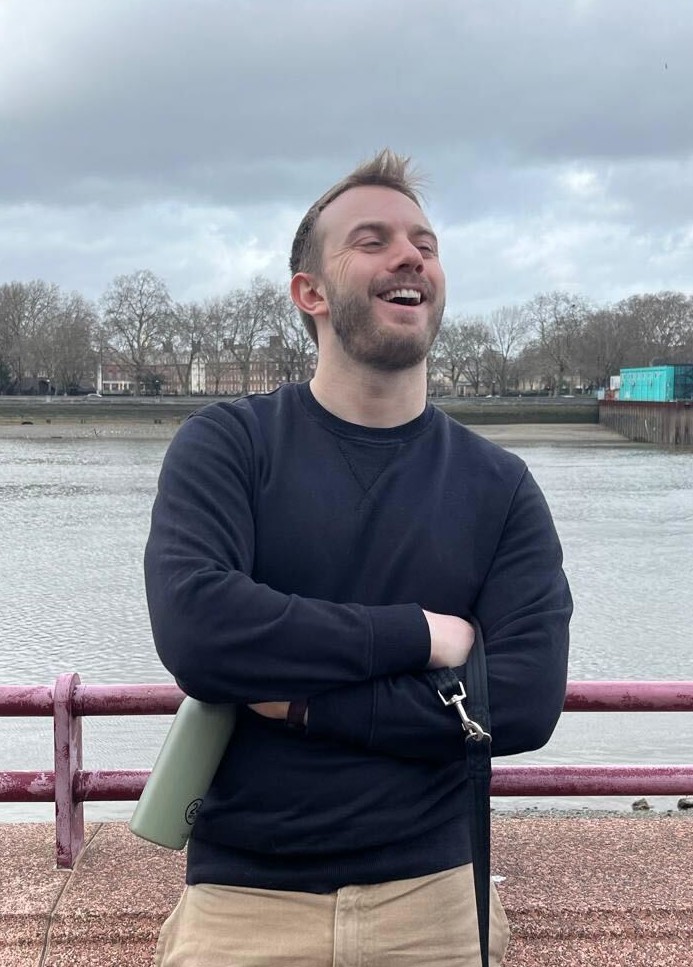
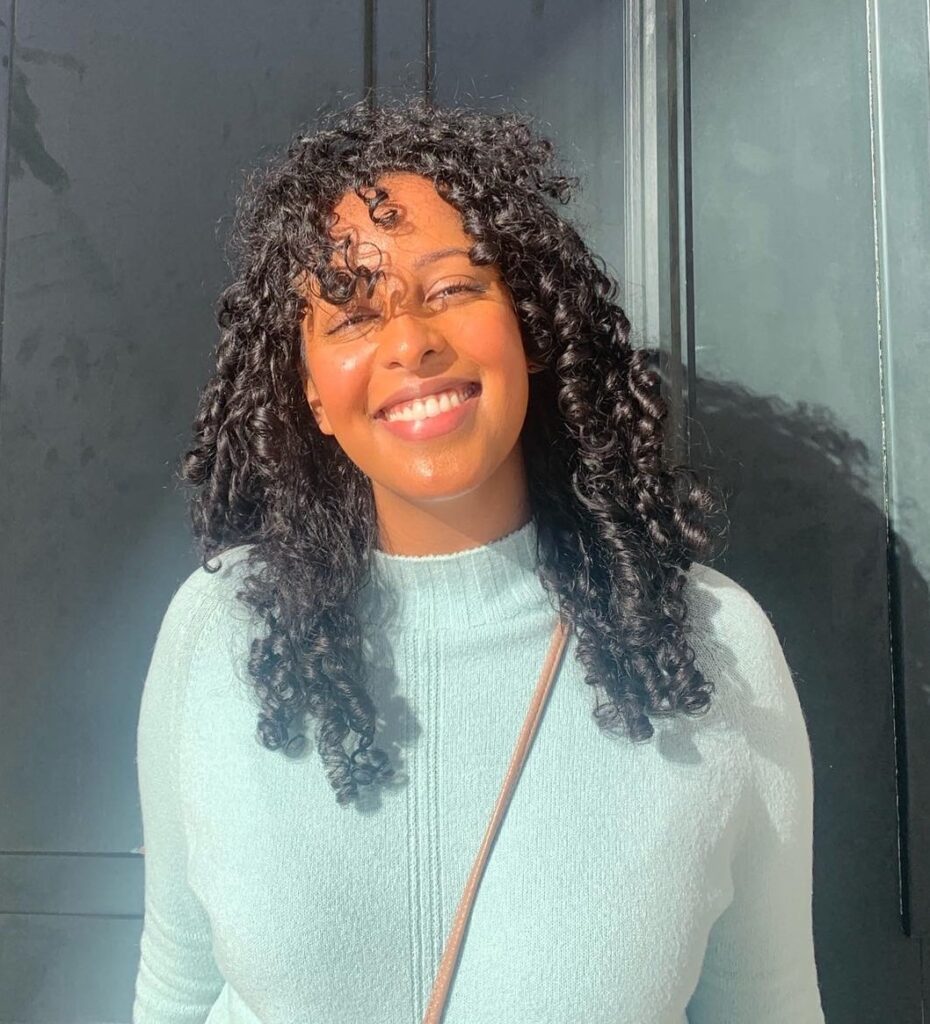
Interested in working with us?
We may not always have job ads on the go, but we’re always open to hearing from great people. If you’re passionate about reimagining health, care and community, happy to indulge in the occasional animal chat – and like the look of us (below)—get in touch.


